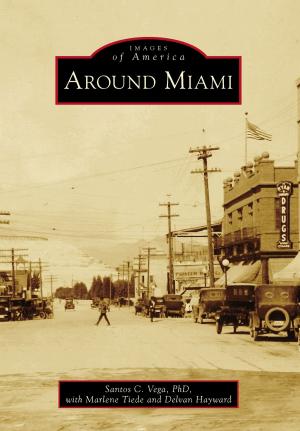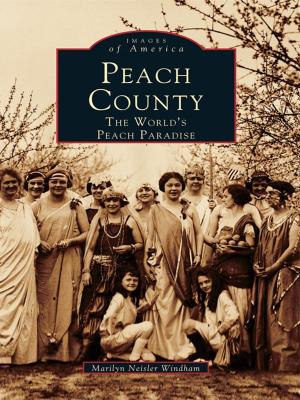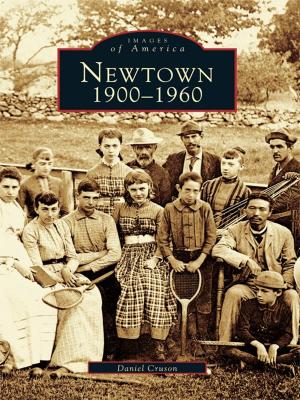| Author: | Barbara Stagg | ISBN: | 9781439619322 |
| Publisher: | Arcadia Publishing Inc. | Publication: | July 4, 2007 |
| Imprint: | Arcadia Publishing | Language: | English |
| Author: | Barbara Stagg |
| ISBN: | 9781439619322 |
| Publisher: | Arcadia Publishing Inc. |
| Publication: | July 4, 2007 |
| Imprint: | Arcadia Publishing |
| Language: | English |
The Rugby colony opened amid great fanfare in 1880 on East Tennessee�s sparsely settled and rugged Cumberland Plateau. Famous British author and social reformer Thomas Hughes was the most involved and dedicated of Rugby�s Anglo-American founders. He intended Rugby to be a class-free, agrarian community based on cooperative enterprise, culture, and religious freedom. During its first decade, hundreds immigrated to Rugby from the British Isles; hundreds more came from other parts of America. Some stayed briefly, some for years, some for life. More than 60 cottages, villas, and commercial and institutional buildings of distinctive Victorian styles were built during Rugby�s early years. Though Rugby was briefly the most thriving community on the northern plateau, many factors prevented realization of Hughes�s utopian goals. Rugby today is a rare surviving example of 19th-century utopian community building. The historic town plan, surrounding woodland and rivers, and key original buildings survive, unspoiled by modern development, through committed restoration and preservation. Heritage tourism is bringing new life.
The Rugby colony opened amid great fanfare in 1880 on East Tennessee�s sparsely settled and rugged Cumberland Plateau. Famous British author and social reformer Thomas Hughes was the most involved and dedicated of Rugby�s Anglo-American founders. He intended Rugby to be a class-free, agrarian community based on cooperative enterprise, culture, and religious freedom. During its first decade, hundreds immigrated to Rugby from the British Isles; hundreds more came from other parts of America. Some stayed briefly, some for years, some for life. More than 60 cottages, villas, and commercial and institutional buildings of distinctive Victorian styles were built during Rugby�s early years. Though Rugby was briefly the most thriving community on the northern plateau, many factors prevented realization of Hughes�s utopian goals. Rugby today is a rare surviving example of 19th-century utopian community building. The historic town plan, surrounding woodland and rivers, and key original buildings survive, unspoiled by modern development, through committed restoration and preservation. Heritage tourism is bringing new life.















